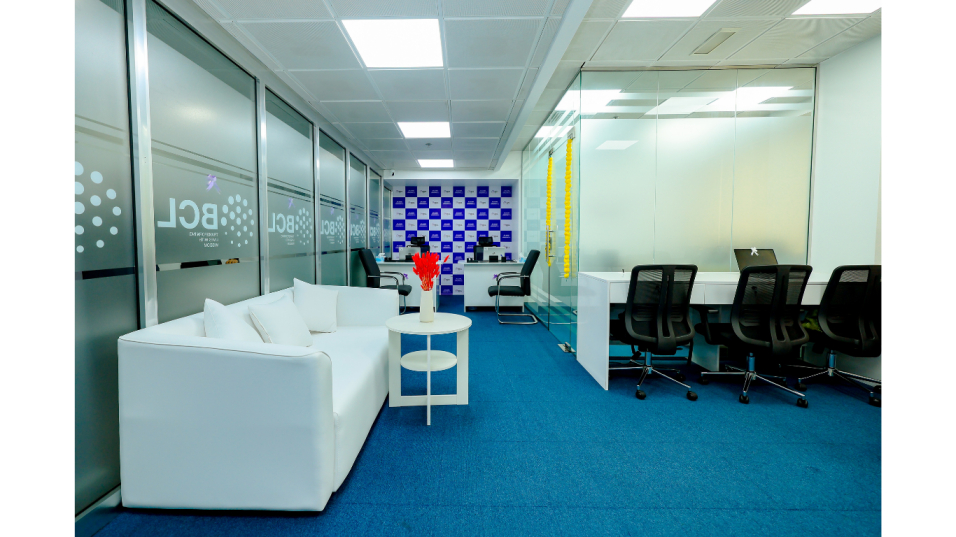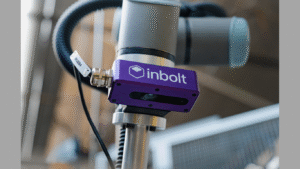The phrase “high-risk” has long carried a stigma in the financial world. For entrepreneurs in industries like travel, subscription services, wellness products, or emerging digital markets, that label often leads to closed doors when seeking basic tools such as payment processing. The reality looks different. Many of these sectors are expanding rapidly, driven by increasing consumer demand and advancements in technology. The real hurdle is access.
The First Hurdle: Access to Payment Processing
For many entrepreneurs, the biggest obstacle isn’t finding customers or refining a product. It’s securing reliable payment processing. Traditional banks and processors often shy away from industries they classify as high-risk, leaving business owners with rejected applications and stalled growth plans.
That’s why getting your high-risk merchant account is such a pivotal step. It signals more than approval. It lets you take payments, prove reliability with customers, and earn credibility in crowded markets. Without it, even a strong model struggles to get off the ground.
Why High-Risk Doesn’t Mean Unsustainable
The high-risk label can create the impression of instability, yet many of these industries prove durable over time. Subscription services, online gaming, and specialty e-commerce have demonstrated staying power, with global market reports indicating steady year-over-year growth. A recent industry study on global e-commerce expansion highlights rising consumer demand even in sectors that face tighter regulatory or financial scrutiny.
Success depends less on the label and more on how a company manages exposure. With secure payment channels, robust fraud prevention, and adaptable merchant accounts, high-risk ventures can transform perceived weaknesses into operational advantages.
The Shift Toward Smarter Risk Management
The payments industry has moved beyond a simple yes or no. High-risk merchants now benefit from real-time fraud detection, adaptive underwriting, and compliance tools that protect both businesses and their customers. These advances lower the risk that once made banks hesitant and open new revenue streams for fast-growing sectors.
This evolution also changes perceptions. Where ‘high-risk’ once implied unstable or untrustworthy, it increasingly describes markets with strong growth potential that require tailored solutions. Entrepreneurs who adopt modern risk management tools withstand regulatory and financial pressure and often set the pace in categories that are still evolving.
Building Long-Term Stability in a Global Market
High-risk industries thrive when their payment solutions evolve in tandem with them. Access to global processing options enables businesses to serve customers across borders, while robust compliance frameworks keep them ahead of changing regulations. What begins with approval for a merchant account can mature into a durable strategy for financial resilience.
As global commerce becomes increasingly interconnected, insights into emerging trends in payment management reveal that sectors once considered volatile are moving closer to the center of economic growth. With reliable processing in place, high-risk merchants look less like outliers and more like early movers in the modern payments ecosystem.
Conclusion
Risk often gets misunderstood. For businesses carrying a high-risk label, the story turns on access to the right financial tools. Merchant accounts built for these models give entrepreneurs a fair shot to compete and adapt in a changing payments landscape. The same label that once limited opportunity can become a catalyst for thoughtful systems, better controls, and steady growth.
Article received via email






























